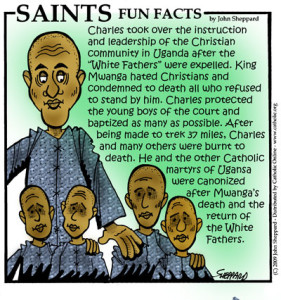
St. Charles Lwanga & Companions
Image: Catholic Online
(CNA) In 1879 Christianity began to spread in Uganda when the White Fathers (a congregation of Priests founded by Cardinal Lavigerie) were peacefully received by King Mutesa of Uganda.
The Priests soon began preparing Christian converts for baptism and before long a number of the young pages of the King’s Court had become Catholics. However following the death of Mutesa, his son Mwanga a corrupt man who ritually engaged in pedophilia with young pages ascended to the throne.
When King Mwanga had a visiting Anglican Bishop murdered, his Chief Page Joseph Mukasa a Catholic, went to great lengths to protect the young male pages from Mwanga’s lust, Mukasa denounced the King’s actions and was subsequently beheaded.
On the night of the martyrdom of Joseph Mukasa, some 100 of the other Pages fearing for their lives, went to the ‘White Fathers’ to receive baptism — another 100 of the Christian converts were baptized in the week following Mukasa death.
Following the death of Joseph Mukasa, a young 25 yr old Charles Lwanga, who was totally dedicated to God and the Christian instruction to the young pages became the Chief Page, and he just as forcefully protected the young men in his care from King Mwanga’s advances.
In May of the following year, King Mwanga learned that one of his young pages was learning Catechism, he became furious and ordered all of the Pages to be questioned to separate the Christians from the others–the Christians, 15 in all ranging in ages of 13 to 25 stepped forward. King Mwanga inquired if they were willing to keep their faith? They replied in unison: “Until Death.”
The Christian Pages were then subsequently all bound together and taken on a two day walk to Namugongo — On the way there Matthias Kelembia, one of the older young men exclaimed, “God will rescue me but you will not see how he does it because he will take my soul and leave you only my body.” The executioners cut him into pieces and left him to die alone along the road.
When the rest of the Christians arrived in Namugongo where they were to be burned at the stake, the King’s henchmen bound the Christians together for a week and prepared the wood for the fire.
On this date in 1886 Charles Lwanga was separated from the others tortured and slowly burned at the stake first. — The executioners slowly burnt his feet until only the charred remained, while still alive, they promised they would release him if he renounced his faith in Jesus Christ.
Charles Lwanga refused saying: “You are burning me but it is as if you are pouring water over my body.” Lwanga subsequently continued to pray silently as the executioners set him on fire. Just before the flames reached his heart, he looked up and said in a loud voice: “Katonda” — My God and subsequently died.
Lwanga’s young companions (the remaining Christian Pages) were all burned to death the same day while praying and singing hymns until they died.
In all there were 22 Martyrs for Jesus Christ, the last being a young man named John Mary, who was beheaded by the wicked King Mwanga in 1887 –the persecution of Christians continued to spread during Mwanga’s reign with many more Christians both Catholic and Protestants tortured and killed.
Charles Lwanga was Beatified in 1920 by Pope Benedict XV and Canonized in 1964 by Pope Paul VI
More here from Franciscan Media
Related: Today’s Holy Scripture Readings on the Memorial of St. Charles Lwanga & Companions Visit: -USCCB

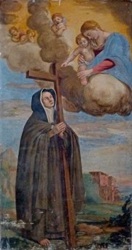
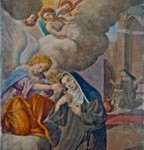

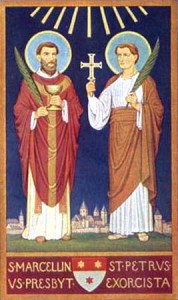
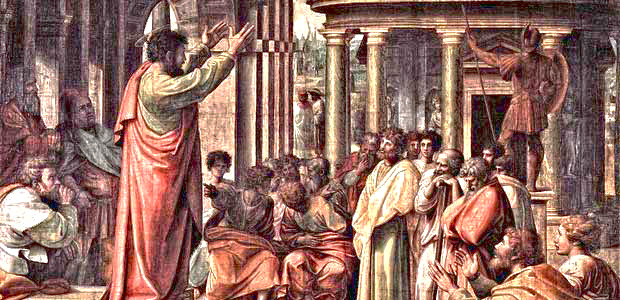 Saint Justin (100-165) Martyr for Jesus Christ
Saint Justin (100-165) Martyr for Jesus Christ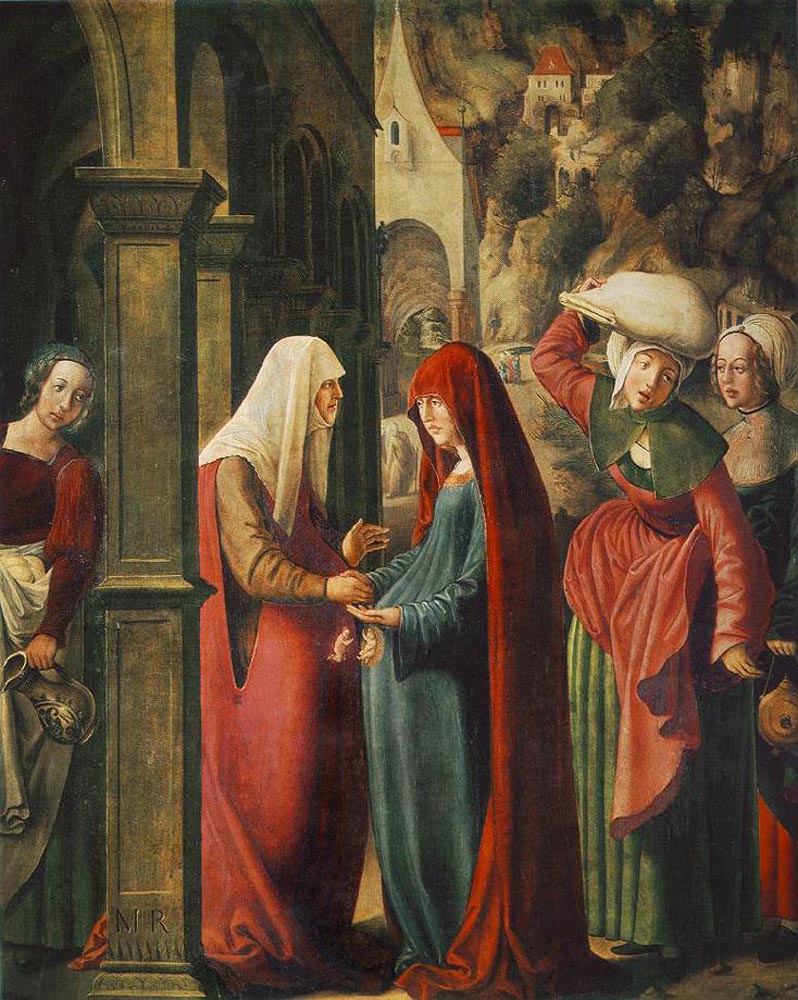 ‘Visitation of the Blessed Virgin Mary’ Image: —
‘Visitation of the Blessed Virgin Mary’ Image: —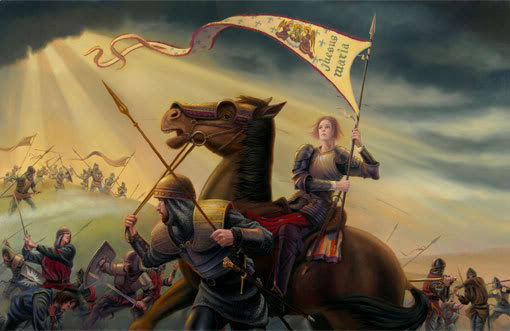 Saint Joan of Arc (1412-1431)
Saint Joan of Arc (1412-1431)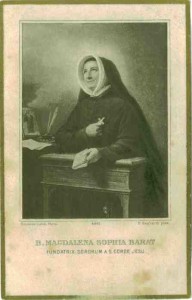
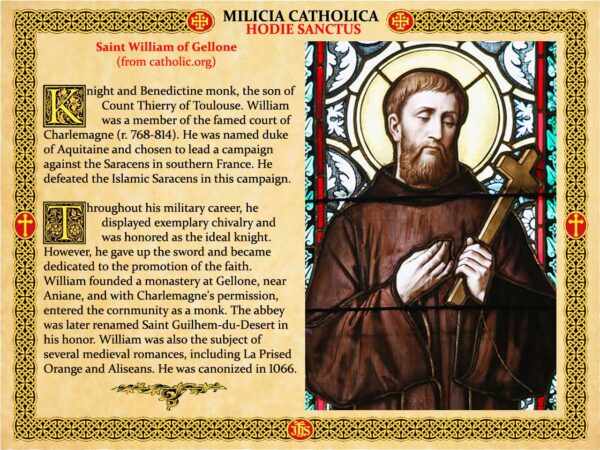
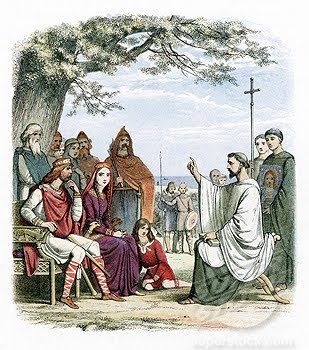 St. Augustine of Canterbury
St. Augustine of Canterbury